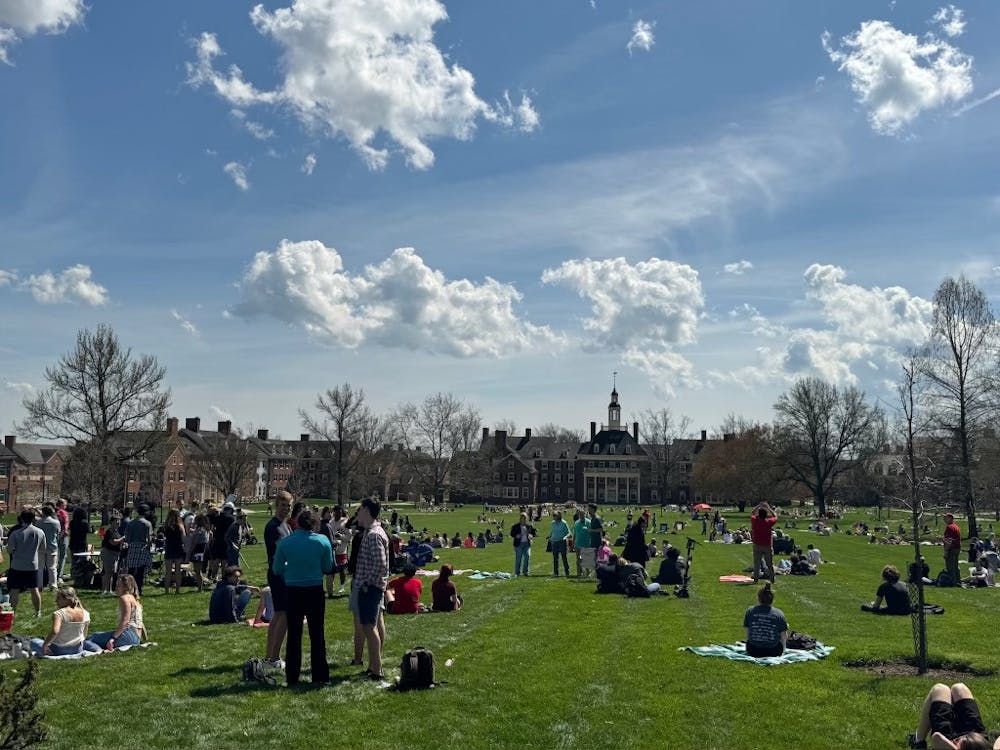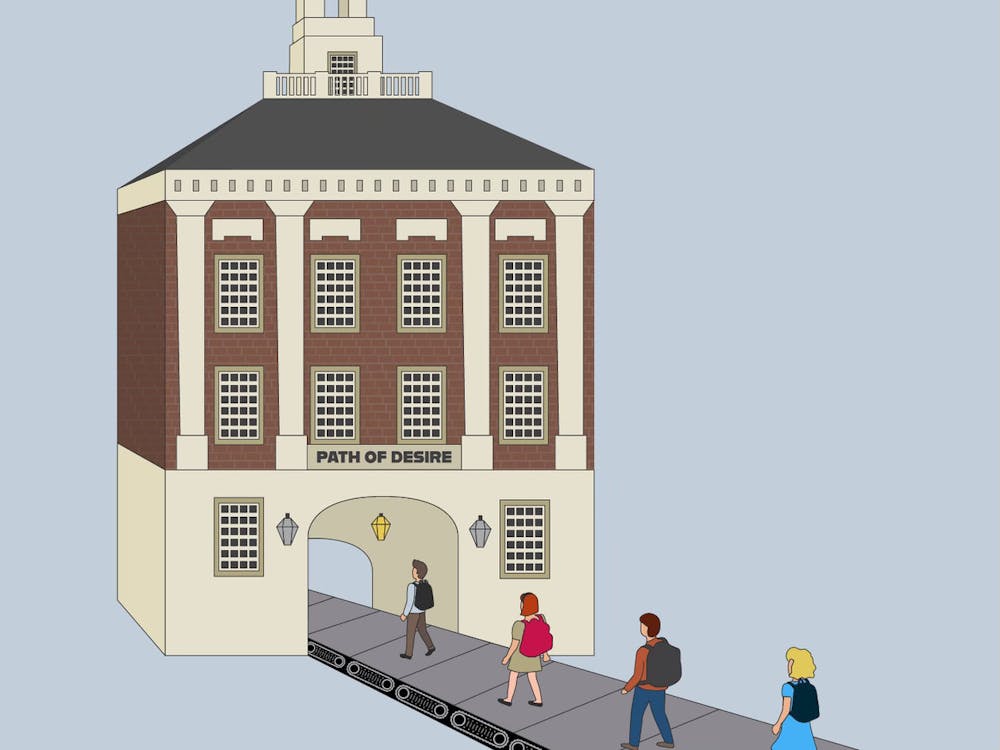The following reflects the majority view of the editorial board
When prospective students go on campus tours, they are often told that the famous poet, Robert Frost once called Miami's campus, "the most beautiful campus that ever there was." But sadly, the campus that Frost stepped foot on decades ago looked significantly different from today's.
If Frost were to walk around Miami's campus today, he would see a campus with construction around every corner. New, modern buildings like Armstrong Student Center, which just added its East Wing a couple years ago, and the Farmer School of Business have both changed the landscape. Miami even knocked down some academic buildings to make way for Cafe Lux and Redzone.
While university landmarks like MacCracken Hall have undergone extensive interior remodeling, historic buildings like Wilson Hall meet their demise under Miami's campus plan.
Miami cannot continue to claim that the campus is historic while removing some of the iconic buildings that defined a university founded in the early 1800s -- one with a rich history, yet plenty of alumni who can no longer recognize the place in which they "led such a life."
Our old buildings provide substance and history to Miami's campus. They help current students to connect with the past and for alumni to reconnect with the memories they made here. Getting rid of these buildings, without first attempting to preserve their character, shows a clear lack of respect for the university's history.
At other "public ivies" like the University of Virginia and the University of North Carolina Chapel Hill, current students can look at old photos of the campus and find that, aside from the makeup of the student body, the campus looks mostly the same.
This constant renovation of our image makes it hard to for students to connect to alumni who shared a different experience. The ability to connect with the history of your campus is a quintessential part of college, and it is one that is not afforded to Miami students.
Are we just building new things to cater to prospective student demands?
Other historic universities manage to anchor renovation to the historical integrity of the university, but it seems Miami has given in to the PR ideal of a campus, rather than one that fosters school spirit and a sense of importance.
James Brock, a former economics professor who retired last year, said Miami has embroiled itself in a "facilities arms race" as it competes to outspend other universities to beautify our campus architecture.
"Of course, in the end, no one wins," Brock said. "And the loser is the students who have to pay the cost of all of this stuff."
Enjoy what you're reading?
Signup for our newsletter
Across the country, state funding for higher education is down. States have collectively cut almost $9 billion in higher education funding. Ohio is in the same sinking boat.
In the 1970s, Miami received as much as 65 percent of its annual budget from the state. Now, that figure has dipped below 10 percent.
These cutbacks make alumni donations increasingly more important. But will alumni be willing to donate to a university that has replaced many of the touchstones that held their collegiate memories? Will those donations be used to restore the dorms and buildings in which they lived out their Miami experience, or will that money be used to tear them down and build new ones?
If Miami values the historical significance of our school and what these buildings represent, then it needs to preserve the character and integrity of the campus from the inside out.
Wilson, Harrison and Alumni Halls are old and outdated, but they add character that many students would be sad to see go away. Even old dorms like Emerson Hall still have historic meaning on campus, and should be preserved and refurbished rather than destroyed.
It's hard to find a sense of what Miami means without our history. Going for style over substance is counter to what Miami has always claimed to stand for - just look to the old university motto. It's time Miami took a hard look at the commercialized nature of the culture on campus, and return to its roots.



